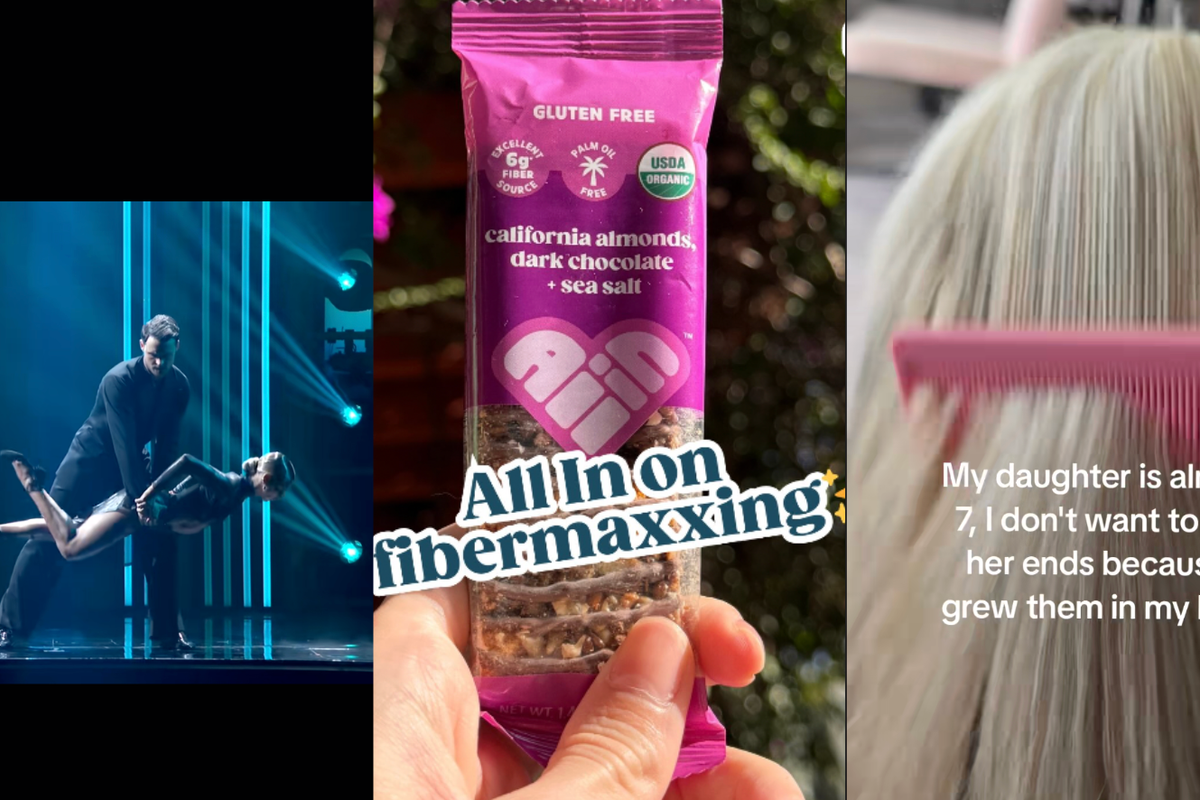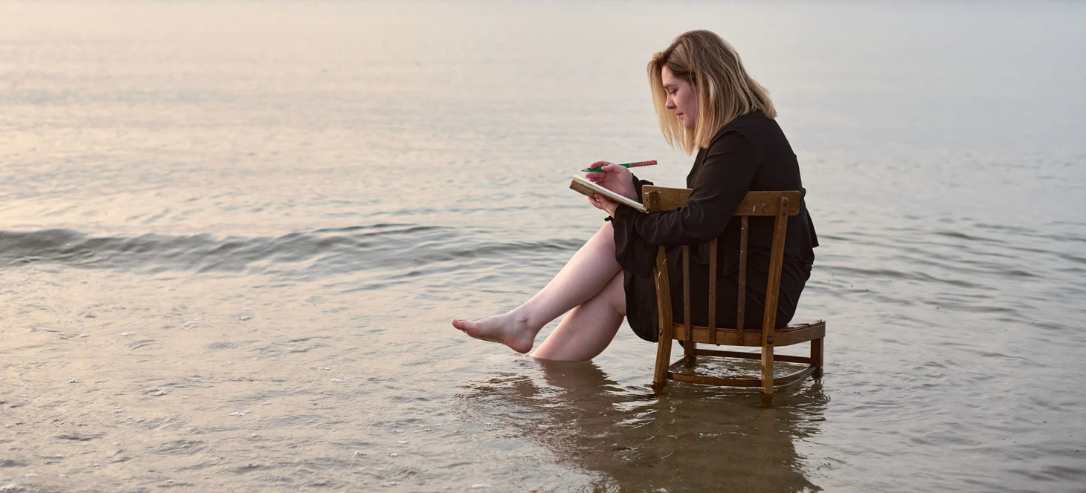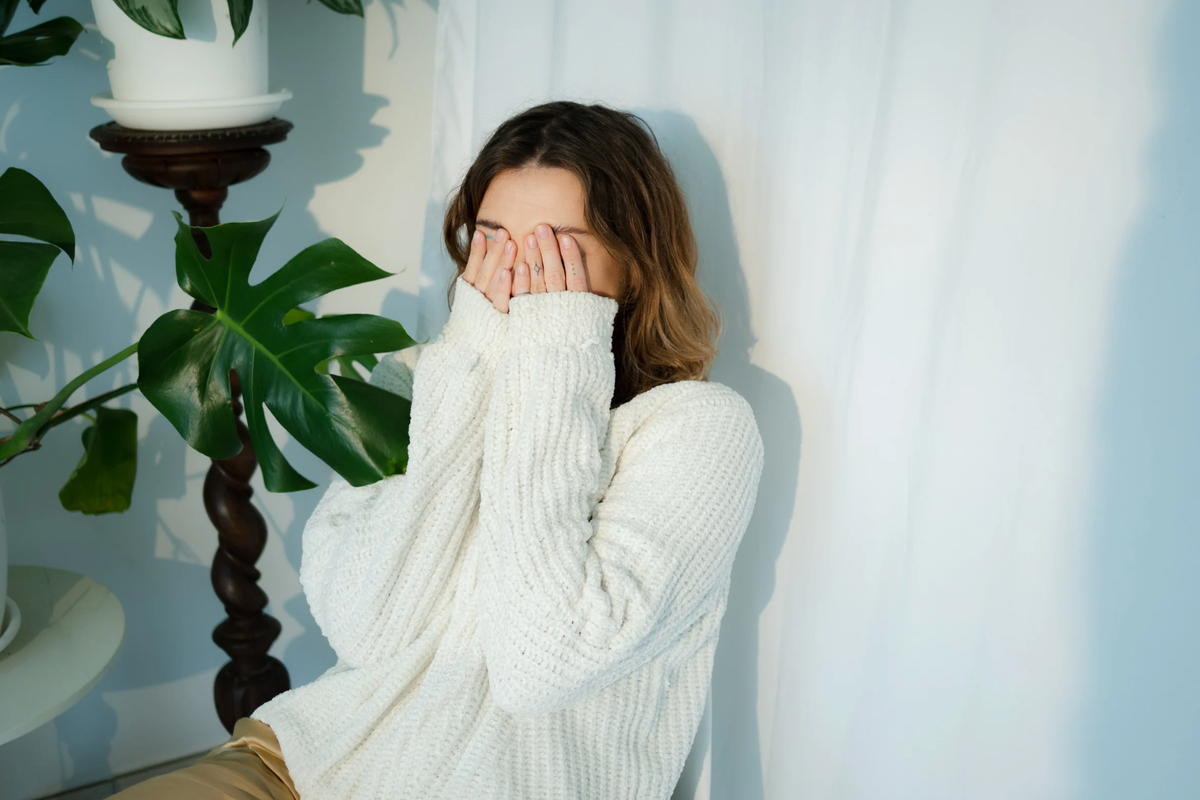5 ways people are going "All In" this week
From the silly to the sentimental, there are so many ways people like to go “all in” on something. Here are our five favorite examples this week.
When you hear the words “all in,” what do you think? You might think of getting groovy at a nursing home, a french bulldog having a total breakdown in the drive-thru, or maybe even a snack bar company promoting self care. Whatever you picture, the idea is the same: Going “all in” means doing something with total commitment—literally giving it your “all” and going completely over the top. No second guessing, no holding back—just full-throttle enthusiasm with some creativity and flair thrown in. That’s how we get those viral internet moments we can’t stop watching.
This DWTS dance trend
If you’ve been watching TV or on the internet this week, you might have seen the viral dance move Dylan Efron and Daniella Karagach performed while on Dancing With The Stars (DWTS) last week. The one particular move, where Dylan holds Daniella as she does a mid-air horizontal walk, is going viral with over 8k videos using the sound. Some of my personal favorites include a mom and her baby, two girls or a girl and her cat, proving this dance trend is truly for anyone to try.
All In on Fiber
Speaking of trends, there’s one that really is about going “all in”, it’s called #fibermaxxing. After years of protein being the biggest nutrition trend, it looks like fiber might be taking over. For good reason too, while protein can cause issues with digestion, fiber can lead to better digestion, blood sugar management, weight control and reduced disease risk. Our friends at All In made a video explaining the #fibermaxxing trend. Each All In bar has 6 to 7 grams of fiber , plus they are delicious. Don't take our word for it, though: Click here to try it yourself (for free).
This child's long hair
This creator went all in… on pranking the audience. I don’t want to give away the contents of this video, but let’s just say it’s creative- and it made me quite literally laugh out loud. There are a lot of "momfluencers" out there who make content that uses their children, and as relatable and heartfelt as it is, sometimes a little satire break is worth appreciating.
Two entrepreneurs getting down to business
Lots of people dabble in entrepreneurship. These two went "all in" on helping others learn it. After four years of interviews with CEOs , research, edits, and a Penguin Random House book deal (yes, seriously), their book, Down to Business, has made its way into classrooms and libraries around the world. Now they are teaching other kids that age is not a barrier to entry in entrepreneurship; the earlier you start, the further you can go—and an entrepreneurial mindset will serve you no matter what you do in life.
Bridesmaids who went all in
Last on our list; two bridesmaids who committed to the bit. These ladies went “all in” in their remake of the legendary scene from the movie “Bridesmaids”. If you haven’t seen the original movie, starring Kristen Wig and Maya Rudolph, this might be your sign.
In the viral TikTok this bride, Caroline, had no idea what was coming when she put on her favorite movie while getting ready for her big day. The fact that she wanted to watch her favorite show before her bridesmaids surprised her, makes this going “all in” surprise all the better.
Snag your free (!!) snack bar here while this deal lasts. Just pick up a bar at Sprouts and text a pic ofv your receipt to get it for free. Enoy!




 "You're hilariously brilliant at everything you hate."
"You're hilariously brilliant at everything you hate."  "Bridget is authentically herself…and triumphs in her own way."
"Bridget is authentically herself…and triumphs in her own way."  "They're written in some curious language that I can't really understand."
"They're written in some curious language that I can't really understand." 
 Woman in denim jacket covers face with sleeve, standing outdoors with blurred background.
Woman in denim jacket covers face with sleeve, standing outdoors with blurred background. Woman with outstretched arms in a sunlit field, enjoying the outdoors.
Woman with outstretched arms in a sunlit field, enjoying the outdoors. Lush forest with vibrant green and orange foliage in soft, misty sunlight.
Lush forest with vibrant green and orange foliage in soft, misty sunlight. Friends laughing and drinking coffee at a cozy cafe table.
Friends laughing and drinking coffee at a cozy cafe table. Woman with curly hair in sunlight, eyes closed, wearing a purple top.
Woman with curly hair in sunlight, eyes closed, wearing a purple top. Man smiling with hand over face, standing outdoors against a blue sky background.
Man smiling with hand over face, standing outdoors against a blue sky background. Hand painting a still life on canvas with blue and orange tones.
Hand painting a still life on canvas with blue and orange tones. Woman sitting on a chair in the water, writing in a notebook at sunset.
Woman sitting on a chair in the water, writing in a notebook at sunset.
 Wash the dishes before I get home from bowling! Photo by
Wash the dishes before I get home from bowling! Photo by  music video 80s GIF
music video 80s GIF 
 An embarrassed woman covers her face
An embarrassed woman covers her face A woman laughs while trying to hide her face from the cameraCanva
A woman laughs while trying to hide her face from the cameraCanva Green Flag GIF by The Last Talk Show
Green Flag GIF by The Last Talk Show A woman covers her faceCanva
A woman covers her faceCanva
What's up with the new ‘invisible’ smartphone that’s everywhere on TikTok?
Did a time traveler just get caught?
A woman using her methaphone.
Popular tech influencer CatGpt uploaded a head-scratching video on TikTok May 14 that sparked a wave of curiosity. It featured a woman in line at a boba shop in San Francisco, seemingly engrossed in a smartphone that looked like it was made of clear glass. “Completely clear phone spotted in San Francisco on May 14…?!?” she captioned the video, which garnered nearly 55 million views.
This video received many confused responses, with some claiming the woman was a time traveler who had been caught in the act. Others thought it was a new smartphone that could be more trouble than it's worth. “Losing that would be a NIGHTMARE to find,” one commenter wrote. “I can’t even find my phone now. I’ll never find it when it’s translucent,” another added.
Some people thought it was the long-rumored Nokia Clear Phone that, sadly, isn’t a real thing. Jay got a little closer to what was really happening in the video: “This looks like a social commentary or a walking art exhibit I’m too uncultured to understand,” he wrote, before NIMM nailed it on the head: “Maybe it's like a stimulation thing. Like I need to scroll because I'm addicted but I'm trying to cut down on my scrolling?”
What is a methaphone?
In a follow-up video, AskCatGPT, explained that her video was a promotion for the methaphone, a clear acrylic block that feels just like a smartphone, but has zero functionality. It was developed by Eric Antonow, a friend of the influencer, who aimed to spark a conversation about smartphone addiction. The big question was: "If we're all so addicted to our phones, then could you potentially curb someone's addiction by replacing the feeling of having a phone in your pocket with something that feels exactly the same?"
CatGpt clearly knows why the video of the woman with an invisible phone struck a chord with so many people. “This little piece of acrylic feels like a physical artifact that directly responds to this collective tension we all feel about how our devices, which are meant to make us more connected, are actually having the exact opposite effect,” she explained.
She went on to say that after carrying the methaphone with her for a few weeks, it hasn’t curbed her smartphone use, but, much like her video, it has brought up an important conversation about smartphone addiction and the role that our phones play in our lives.
Are Americans worried about their smartphone use?
It makes sense that the majority of Americans are concerned about their smartphone use. A 2022 Gallup poll found that 58% of adults said they used their smartphone “too much,” a big jump from the 39% who said the same thing in 2015. This isn’t just a problem for younger people. Seventy-four percent of people ages 30 to 49 say they use their phone “too much,” just 7% less than those in the 18 to 29 age bracket.
Antonow was smart to give CatGpt a methaphone to share in her videos because his IndieGogo manufacturing campaign has earned him all the cash it needs to produce 80 of them. But given the popularity of the TikTok video, he should probably make a few more than he initially thought.